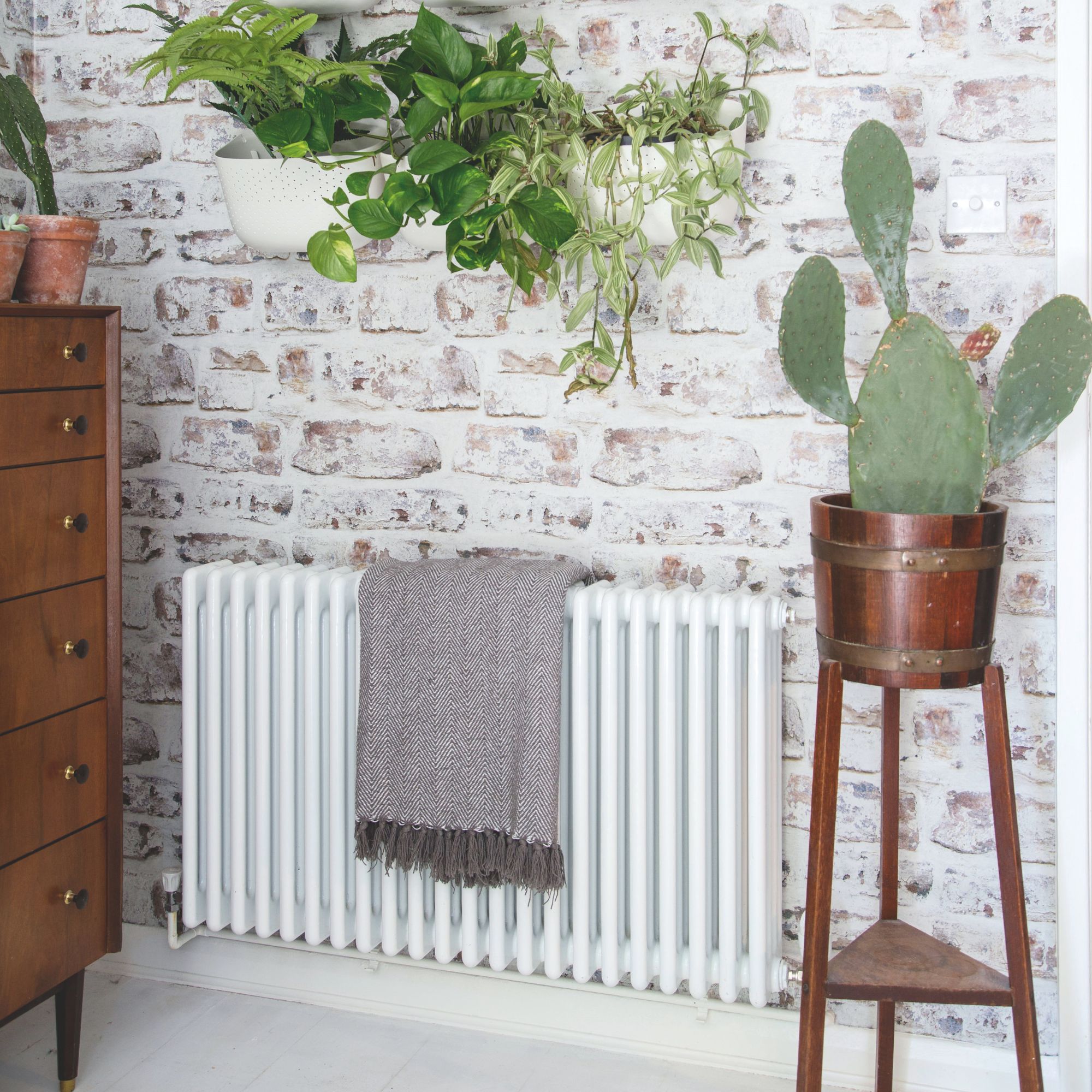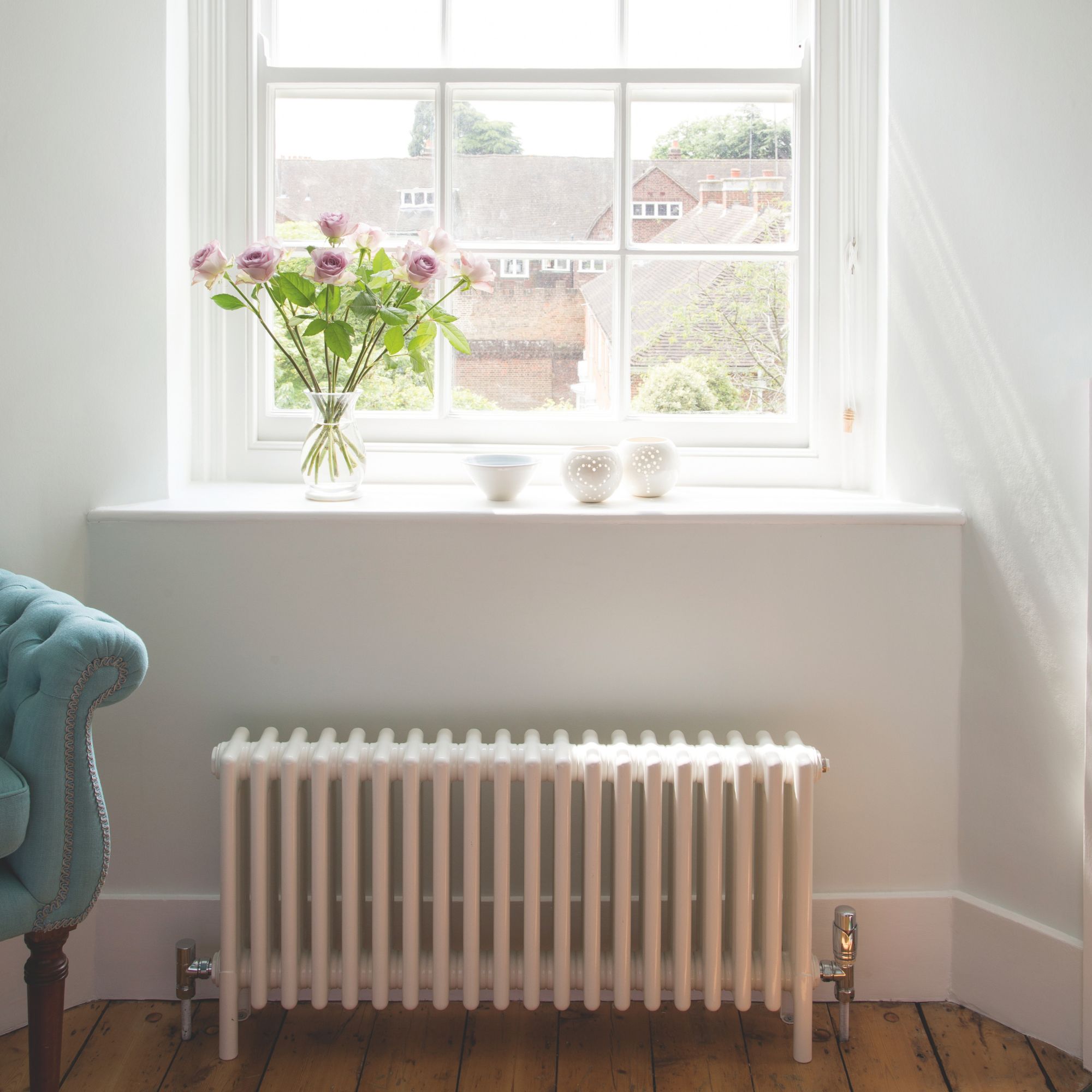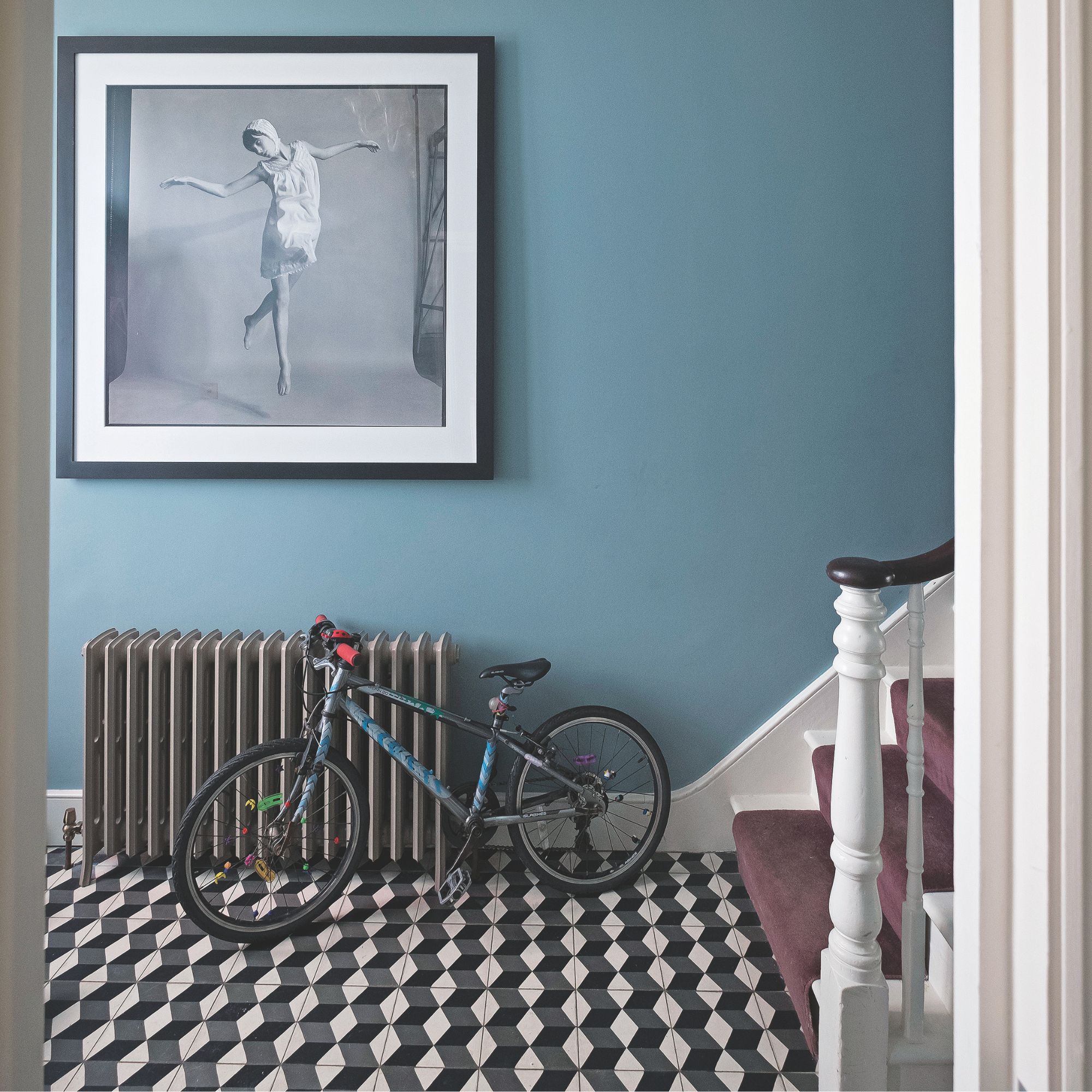
If you want to install a TRV on your old radiators or an existing thermostatic radiator valve has started to leak, it’s worth noting that you can fix it yourself. In fact, knowing how to install a TRV won’t just save you money on labour - it’ll also help you save on your energy bills, too.
One of the best ways to save energy at home is to be in full control of your heating system. Most people don’t realise just how much control thermostatic radiator valves can give them. With a TRV on your radiators, you control exactly how much hot water enters the radiator - allowing you to heat your house when you need to without wasting any excess.
Yes, when the spring inside the TRV is exposed to a cold room, it will contract and allow more hot water into the radiators. But when the spring is exposed to a warm room, it will restrict the flow - making thermostatic radiator valves well worth the investment. To make the most of this in your own home, simply follow this guide on how to install a TRV.
What you'll need
- Thermostatic radiator valve - like this Kartell TRV Thermostatic Radiator Valve + Lockshield from Amazon.
- Radiator bleed key - like this Rothenberger Radiator Key, Pack of 2 from B&Q.
- Adjustable spanner - like this BLOSTM Adjustable Spanner Set 3 Piece from B&Q.
- Bucket - like this Small Blue Cleaning Bucket from Lakeland.
- PTFE tape - like this Draper PTFE 12m Tape from Amazon.
- Hosepipe - like this Reinforced Hose Pipe from B&Q.
- Old towels
Step-by-step
1. Drain the system and bleed your radiators

If you want to install a thermostatic radiator valve, your first port of call is to ensure that you’ve turned your heating off and the radiators have cooled down. Not only is this the most efficient way to fit a TRV, but it also ensures that you don’t burn yourself in the process.
But before moving to the next step, you must drain the system and bleed your radiator. This is best done by isolating the radiator or closing the stop valve on your mains supply (often found under your sink) if you have a combi boiler. You can then connect a hose to the drain-off valve and expel the rest of the water.
When the water stops flowing, you can then move on to the next step.
2. Remove the old valve

Before you can install a new TRV, you need to remove the old valve - whether that be a normal valve or an older thermostatic radiator valve that has seen better days.
Ryan McNicholl, plumbing parts supplier at Spares Direct, explains, ‘From here, you can take the top cover off to reveal the old valve. Use your adjustable spanner to remove both the nut that is coming from the pipework and the pressure fitting on the bottom of the valve, making sure that all the water has drained from inside the pipework.’
During this stage, it’s a good idea to pop some old towels or a bucket underneath where you’re working to catch any residual water left and stop it from falling on your floors.
3. Replace the valve inserts (if required)

If you’re trying to install a TRV on an old radiator, it may be that you also need to replace the valve insert - which screws into the radiator outlet and is what the TRV will connect to. Whether you need to do this or not depends on your radiator and the specific TRV you’re looking to fit, so it’s best to assess your situation before proceeding.
Thankfully, most of the thermostatic radiator valves you buy today come with this insert as standard, just in case.
This is echoed by Ryan, who says, ‘It may be necessary to replace the valve insert if the old one does not fit with your new TRV, this can be done with your allen key and the spanner to loosen the insert. Tighten up the new insert if fitted and also tighten the bottom joint.’
4. Fit the new TRV

In most cases, attaching the new TRV is easy. You need to remove the nuts and olives from the new TRV, wrap your PTFE tape around the threaded parts of the valve to ensure a good, watertight seal, and then place the nut and olive over the top of the flow pipe.
Once you’ve done that, place the valve on top before connecting the other end to the valve insert. Then, use your spanner to make sure everything is tight.
You need to be conscious of where you’re fitting it, though. And while many TRVs on the market today can be bidirectional - which means you can either fit them to the flow pipe or the return pipe - most experts would agree that it’s better to fit the thermostatic radiator valve to the flow pipe for better efficiency and to prevent a noisy radiator.
5. Complete some last-minute checks

You may think your job is done when you’ve completed the above, but there are still some final checks to make before you can tick it off your to-do list. Firstly, you need to re-open the valves on your radiator. You can then re-pressurise your boiler and bleed your radiators again to ensure no air in the system.
Then, Nicholas Auckland at Trade Radiators advises, to, ‘Refill your central heating system and check for any leaks.’ If you do notice any water droplets, it’s worth using a spanner to tighten the nuts and prevent any future leakage.
FAQs
Can a TRV be fit without draining the system?
Yes, technically you can fit a TRV without draining the system, and this can be worth it if you’re only installing one thermostatic radiator valve in your home. However, most experts would advise against it as it’s safer and more efficient to drain the system first.
This will take longer and be a more complicated process, but it prevents any unwelcome surprises and keeps you safe as you complete this task.
Do I need TRV in every room?
No, you don’t need to have a TRV in every room. If you have a large home it’s a good idea to install thermostatic radiator valves in the majority of your high-use rooms, but they’re not needed in every room - especially in low-use rooms.
In fact, most experts would suggest that you leave at least one radiator without a TRV installed to keep your heating system as safe as possible and to avoid major pressure fluctuations.
How much does it cost to install a TRV in the UK?
You can expect to pay anywhere between £50–£200 to have a TRV installed in the UK. This normally covers both the parts and the labour, which is why some people choose to cut the cost by installing a TRV themselves.
So, will you be adding TRVs to your radiators?







